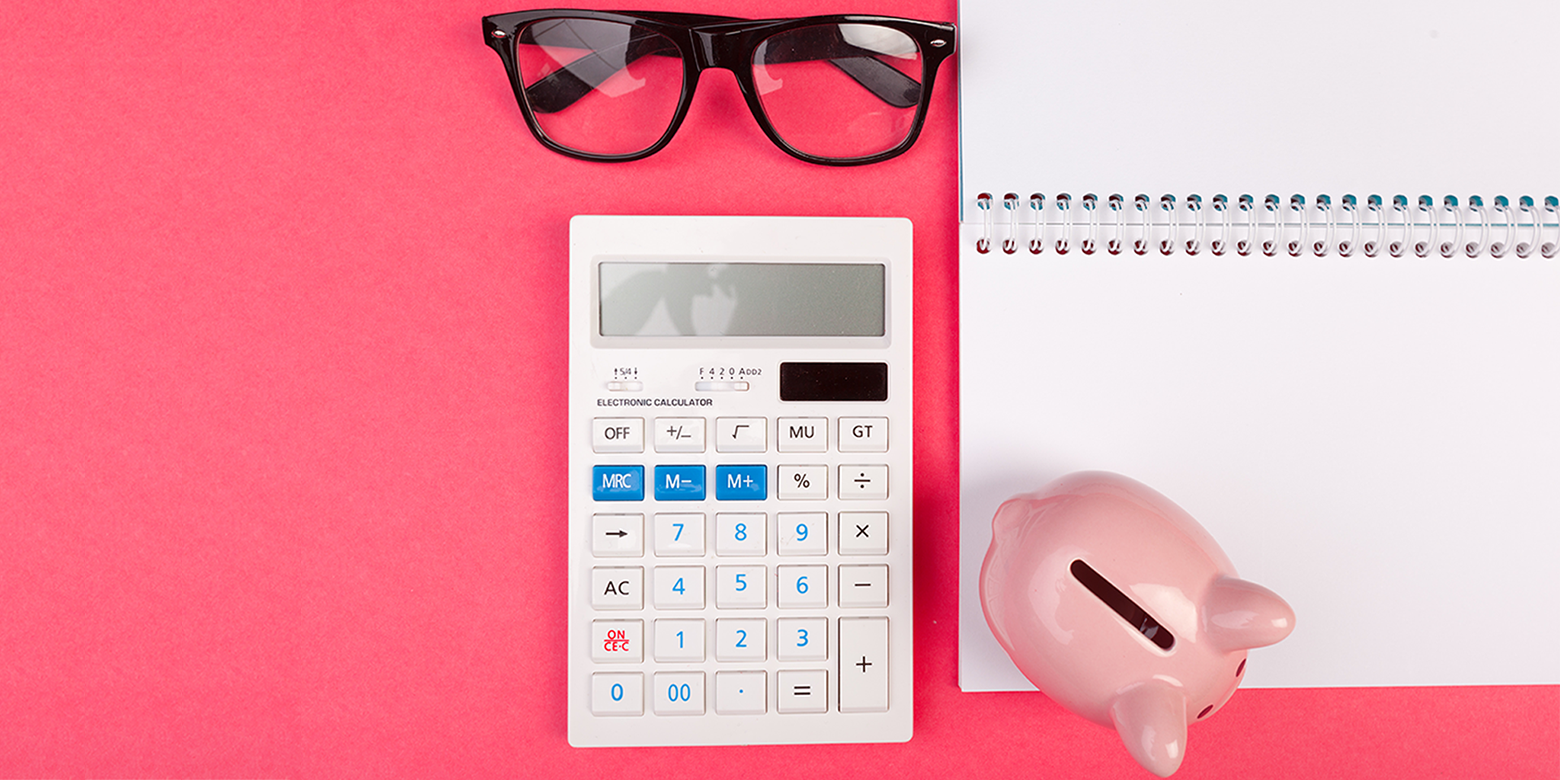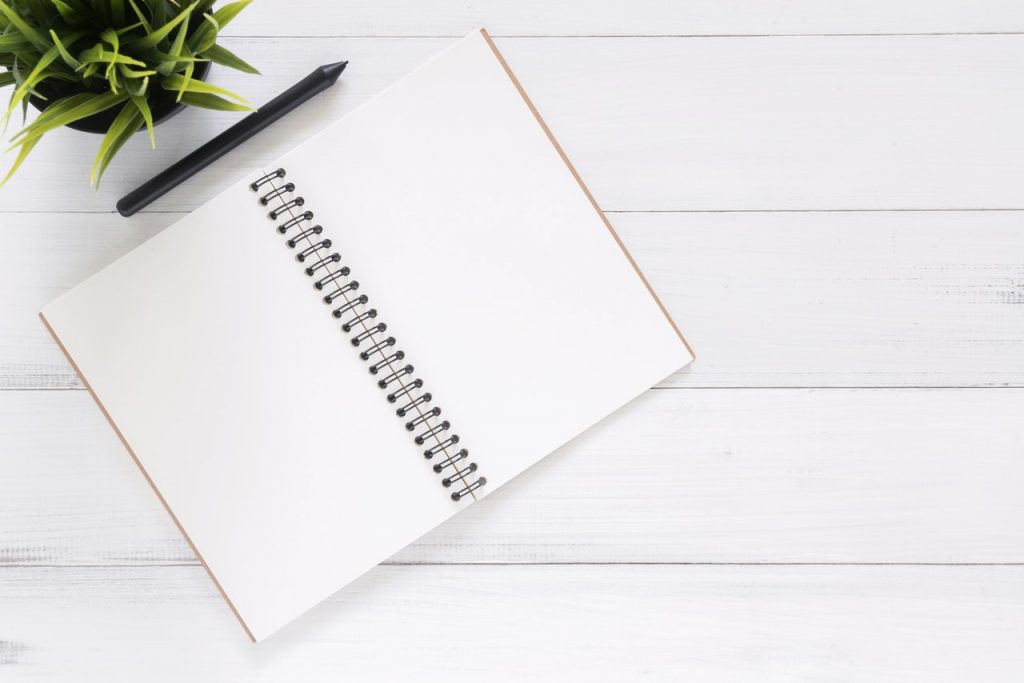tips
Budget tools to help you save more and spend less
Guy Hall • February 17, 2020

Having a budget and sticking to it, is the first step toward having a healthy relationship with your finances. It is not, however, a task that everyone relishes. In fact, working out a budget can get rather overwhelming. That’s why we asked the Ting community on Facebook and Twitter to tell us which budget tools they use so we can pass their tips onto you!
While personal finance is an inherently personal matter, that doesn’t mean that you can’t learn a thing or two from others who are striving for a better financial future. So here’s what the Ting community had to say on the matter, and if you’ve got any budgeting tools of your own then please share them in the comments below!
A pen and paper
Not all budget tools have to be cutting edge technology. It seems obvious but at a most basic level, to start a budget, you don’t need anything beyond a pen and a ledger.
It’s pretty much impossible to budget in your head and taking pen to paper is a great first step on your journey to financial freedom. We recommend starting by writing down your income, and all the necessary expenditures that you’d expect to see in an average month. Once you’ve got a rough idea of your income and spending, you can start figuring out how you want to approach your budget and how detailed you want to get with it.

Envelopes
Just like pens and paper, envelopes aren’t exactly the most technologically advanced tool out there. That said, they sure can come in handy when it comes to budgeting.
There is actually an entire method for budgeting based around them. In its essence, this method involves splitting up your expenses into different categories, labeling envelopes with these category names and then putting cash into each envelope, in line with your budget. When an envelope is empty, your spending in that category is done, so you’ve got to be careful with your spending!
For a more in-depth look at the pros and cons of the envelope budgeting technique, be sure to check out our article on popular budgeting methods.

Goodbudget
Let’s turn our attention to tools for the 21st century. Goodbudget is an app, available on both iOS and Android, which brings the envelope budgeting method into the modern age.
Rather than having to worry about physical cash, Goodbudget allows you to virtually divide up all your finances to ensure that you stay on top of your spending. You can also sync your budget across multiple devices and with multiple people. This is great for those people with shared finances and goals since it means that you don’t need to worry about any miscommunication.
Mint
Mint is another budget tool geared toward helping you take control of your spending. Once you have synced the app to your bank account, Mint will allow you to track all your incoming and outgoing money.
With Mint, you get a clear picture of your finances since you can see your bank accounts, credit cards, bills and investments all in one place. Keeping track of your transactions is a great place to start but Mint takes this a little further. The app lets you categorize your spending and will then create easily digestible reports based on these categories.
You can even set alerts that will let you know when you’ve hit your spending limit, when you’re spending more than usual and more! Just like Goodbudget, Mint is free and available on both iOS and Android.
You Need A Budget
Alternatively, you could try You Need A Budget (YNAB). Unlike a lot of budgeting tools, YNAB focuses on looking to the future, rather than spending too much time dwelling on past expenditures. The app is designed to help you think about your priorities and make sure that your spending is in line with them. It is also geared specifically to help you learn and practice good spending habits. They offer over 100 free, live, online workshops each week!
YNAB isn’t a set it and forget it type of deal, and requires you to take a proactive approach to your finances. So if this sounds like it would suit your chosen style of budgeting then be sure to check it out. The app costs $11.99 a month, but they offer a free trial so you can try before you buy. YNAB is available on both Android and iOS.
The Ting App
Okay, we know this isn’t strictly a budget tool but it can save you money so it counts… right? Our app is designed to let you stay on top of your phone usage and thus, your phone bill because you only pay for what you use with Ting.
Pretty much anything you can do in the Ting dashboard on your computer can be done on the app. This includes being able to see how many messages, minutes and megabytes the devices on your account have used, easily enable or disable device settings and view your bill.
So, if you haven’t downloaded it already, head over to the Google Play Store or App Store now!

What is Ting Mobile anyway?
Learn about Ting, how it works and what you’d save. Sounds good? Get $25 to try it for yourself risk-free!
Learn More!